The great cave of Kashmir Smast in the mountains at the edge of the Himalayas overlooking the plains of Peshawar was venerated as a shrine for centuries and was visited by many pilgrims in the first millennium of the Common Era. They brought bronze effigies to the shrine and money for the monasteries.
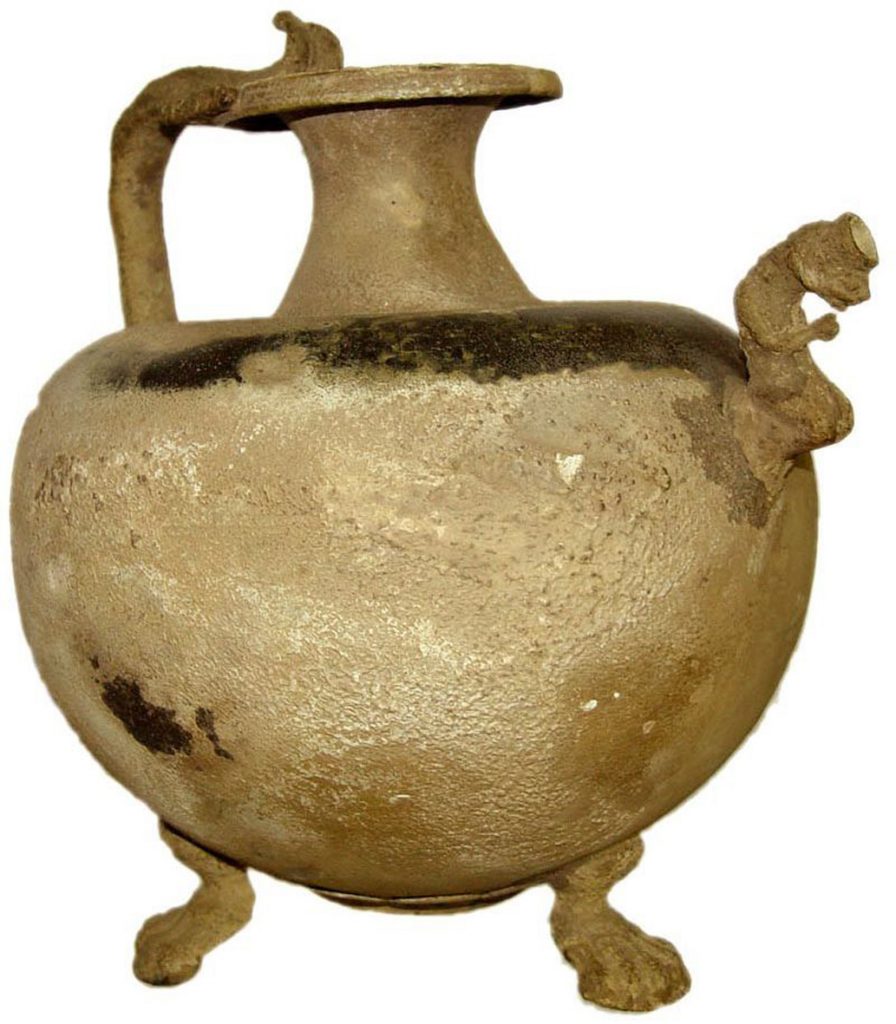
From the cave entrance there’s a view of a plateau on which a number of monastery buildings are preserved. In recent decades the cave has become known in the art trade for the antiquities found there: diverse coins, inscriptions and figural artefacts dating from the 3rd to the 7th century AD. The landscape with its settlements and water systems has not been analysed. No building outside the cave can be attributed to any particular faith. Conspicuous among the finds are the many seals and seal impressions showing the goddess Bhima with a dancing male figure that is holding a sort of cudgel. Inscriptions and statues show the cave was visited by followers of different religions, e.g. Buddhists, Shaivites and Vaishnavites, and Zoroastrians. The cave of Bhima was described c.600 AD by a Chinese pilgrim, Xuanzang. A commingling of faiths occurred here, with ideas and religious concepts being adopted and adapted.
The DAI’s Eurasia Department conducted research in Kashmir Smast in 2006–2007 in cooperation with the FU Berlin.
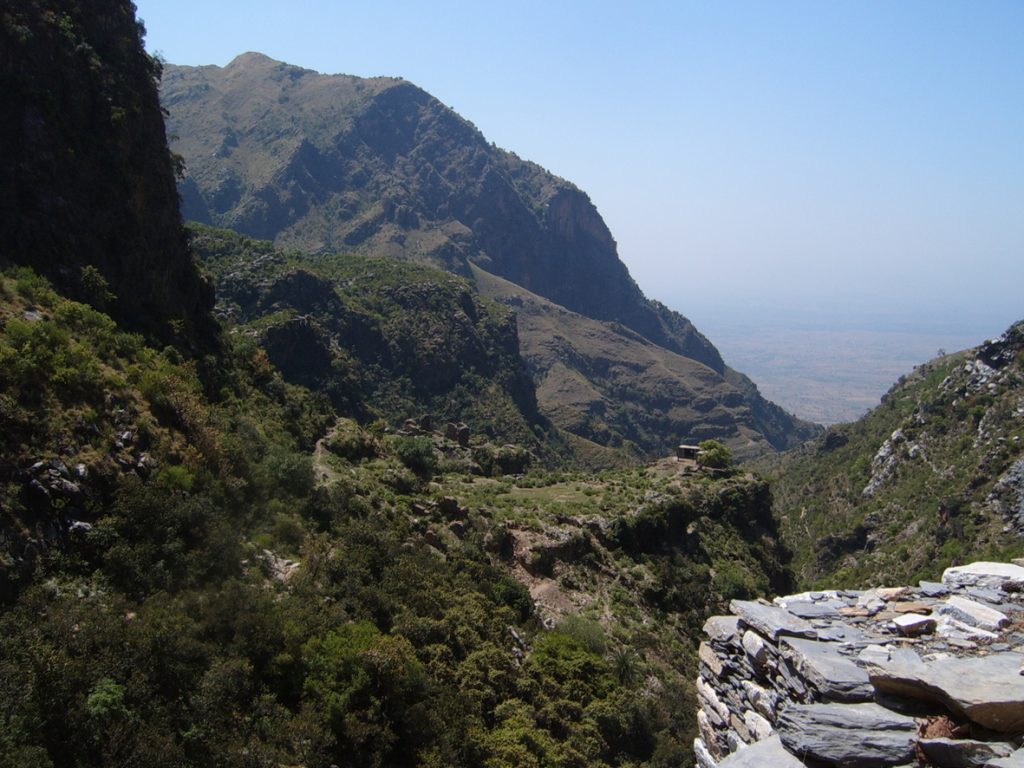
View of the Buddhist monastery from the cave. The entrance to the cave is in a steep rock face and can be reached today via a narrow path (Photo: DAI Eurasia Department) 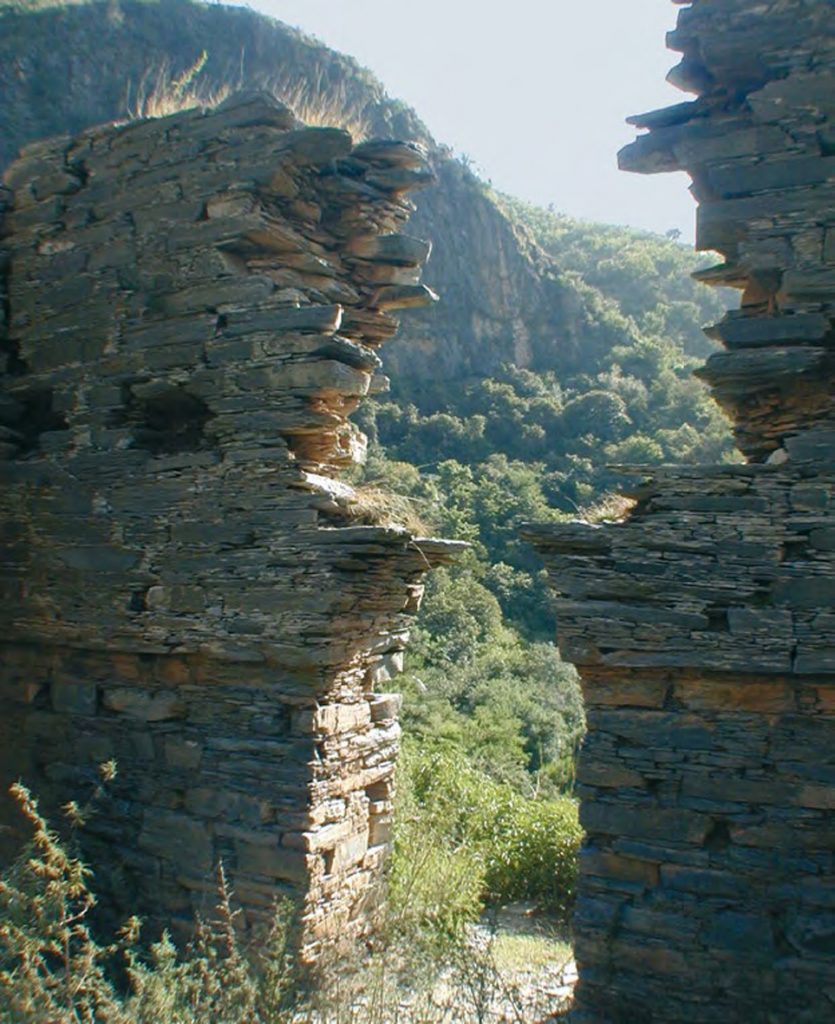
Ruins on the monastery site (Photo: DAI Eurasia Department) 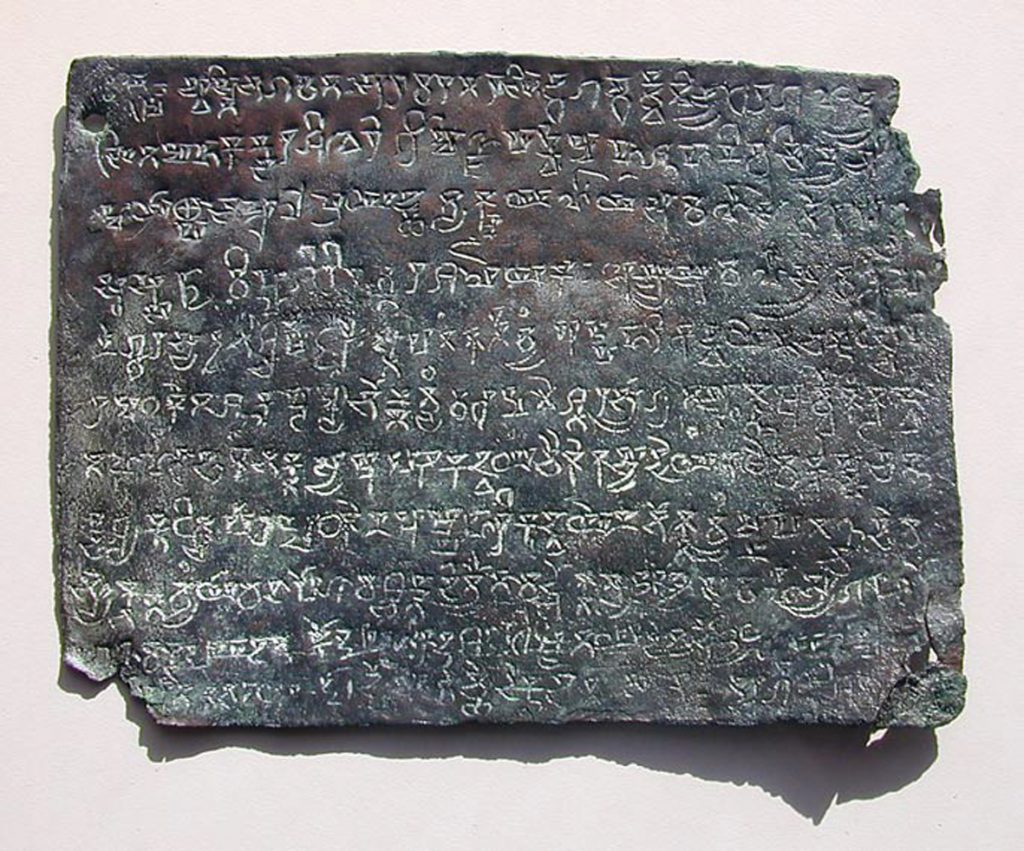
Bronze plaques regulate the priests’ tasks at the temples. The statue must be regularly bathed and donations used to feed the needy (Photo: DAI Eurasia Department) 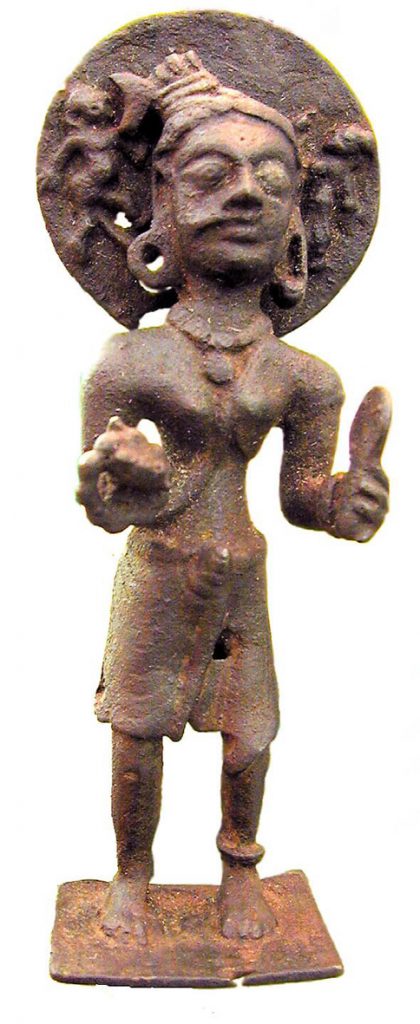
This bronze figure – half male, half female – is from the surroundings of the cave. It’s the earliest evidence from this region so far of the manifestation of the god Shiva as Ardhanarishvara (Photo: DAI Eurasia Department)